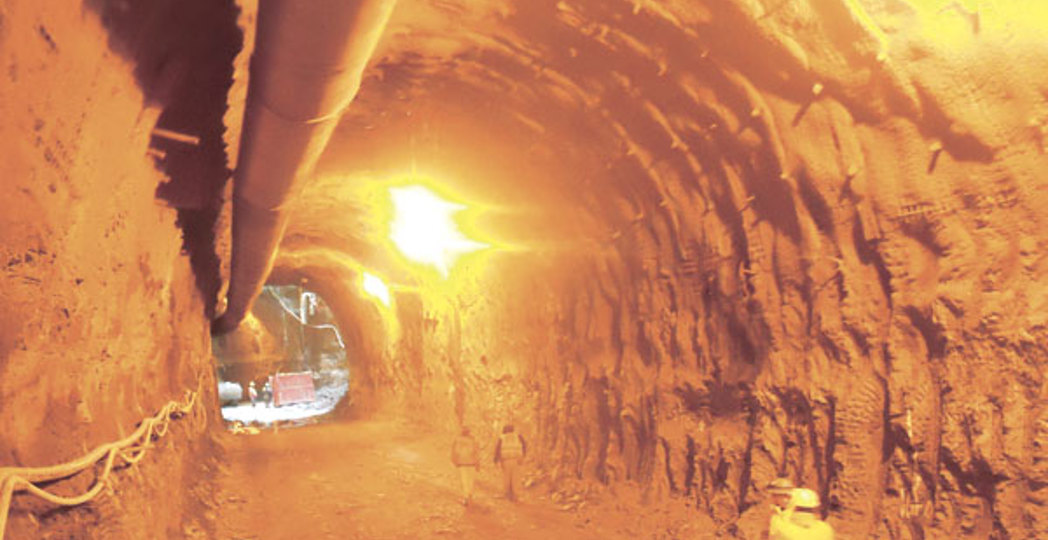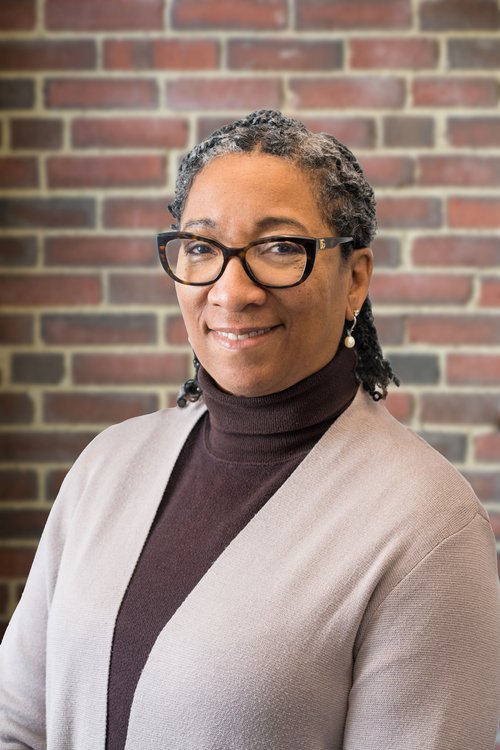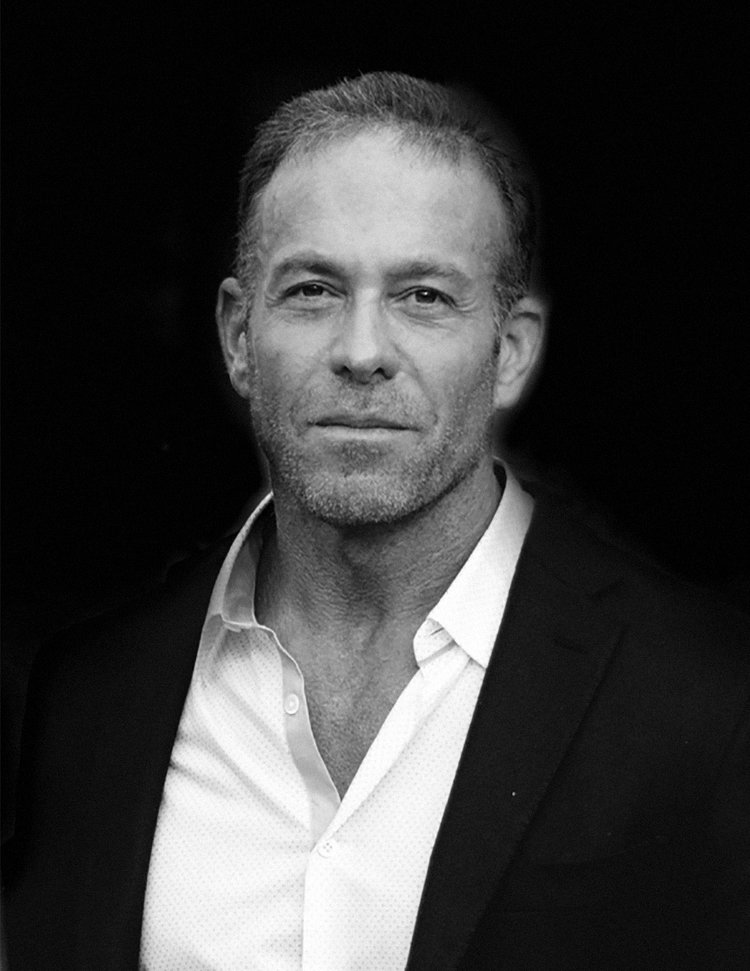Kyle Dreyfuss-Wells is Reining in the Rain
by Bob Sandrick | Aug. 1, 2017 | 12:00 PM

When the renovated Cleveland Public Square opened last summer, a host of organizations received notoriety for the $50 million project.
Some groups, like the Cleveland and George Gund foundations, gave money. Others, including LAND Studio and the nonprofit Group Plan Commission, oversaw the work. It was a public-private partnership.
Contributors also included the Northeast Ohio Regional Sewer District, which viewed the Public Square renovation as a chance to divert stormwater out of the sewer system, that when overwhelmed sends a mixture of rain and wastewater into Lake Erie.
The sewer district installed a rainwater harvesting system, which sends stormwater into a 50,000-gallon tank under the square. During warm months, the stored water, pumped through an irrigation system, provides moisture for trees and plants. During cold months, the water settles into the soil.
The system — along with new trees and pervious pavers that let rainwater sink into specially engineered soils — is expected to keep about 3 million gallons of rainwater out of the sewers annually.
“If we want to make this a resilient region, we need a region that can handle rain, and to do that we have to correct the mistakes of the past,” says Kyle Dreyfuss-Wells, the sewer district’s new chief executive officer. “Our water quality was impacted by the death of a thousand cuts over the years, just like other regions of the country. The only way we’re going to fix it is by a thousand actions.”
Dreyfuss-Wells, 49, has been deeply involved in those actions since joining the sewer district’s watersheds department in 2008. She took over as CEO in February after Julius Ciaccia Jr., the district’s longtime and high-profile leader, retired.
“Kyle is an advocate for the type of work we do in regard to environment and health,” Ciaccia says. “She’s a company person and understands our business and what makes sense from a business standpoint. And she is very sensitive to the community we live in and everything involved in Northeast Ohio.”
Dreyfuss-Wells already has faced an unexpected challenge. About a month after she took charge, the district accidentally released tax information belonging to hundreds of its workers. The district was the victim of a phishing scheme — someone impersonated Dreyfuss-Wells online and asked for copies of employee W-2 forms.
An internal investigation found that two district workers who released the information were not complicit. The district is offering free credit monitoring for its employees.
It was a rough start for Dreyfuss-Wells, but she dealt with the incident stoically, though sensitively. She even held a dozen face-to-face meetings with hundreds of the district’s employees to review and explain the incident.
“The job of CEO continues and you basically have to jump on the train and keep up,” Dreyfuss-Wells says.
Tunnel Technology
Dreyfuss-Wells seems to excel at tackling big problems. Good thing. The sewer district, which covers 355 square miles and all or part of 62 municipalities, was created in 1972 to solve a big infrastructure problem.
About 20 percent of the district’s sewers were built in the late-1800s and early-1900s, and they were designed to accept both sewage and stormwater. That was fine then, but as populations grew and sewer connections increased, pipes could be overwhelmed. When that happens, rain-sewage overflow is redirected into waterways.
Dreyfuss-Wells says it would be too expensive and disruptive to replace these older pipes, which lie mostly in Cleveland and inner-ring suburbs, with systems of separate pipes for sewage and stormwater.
So the sewer district is in a long process of building seven underground tunnels to store excess rain and wastewater before moving it to wastewater treatment plants.
The Mill Creek Tunnel on the East Side was the first tunnel to start operating in 2012. The district also broke ground on the Euclid Creek Tunnel that year.
The project is controversial. It’s expected to cost billions of dollars, which district customers must pay. Some have suggested alternative, less-costly methods. But the sewer district has stood its ground over the years.
“We currently have 4.5 billion gallons of combined sewage entering local waterways each year,” Dreyfuss-Wells says. “When all seven tunnels are complete, we’ll have that down to less than 500 million gallons.”
Rerouting Water
The sewer district is working to keep flow out of pipe systems. The Cleveland Public Square renovation isn’t the only project designed to achieve that. The sewer district offers grants to organizations that include rain-absorbing elements in their developments. Grant winners include Courtyard by Marriott, which built pervious parking lots outside its University Circle hotel. Rainwater, instead of running off the lots, infiltrates the hard surface and is absorbed in the soil below.
Also, the new Cleveland Kennel under construction on Detroit Avenue received a grant to install cisterns that will take in stormwater from the roof. The kennel will utilize the water for uses other than drinking. And West Side Market won a grant for its gently sloped parking lot, which uses gravity to reroute stormwater into landscaped islands.
“The key is we won’t pay for a company’s regulatory requirements, only the difference between what they have to do and what they want to do for green,” Dreyfuss-Wells says. “And we require maintenance for the life of the practice.”
Internal Programming
Dreyfuss-Wells might have been internally programmed for this type of work. As a Shaker Heights High School student, she was already eyeing a career in environmental science. She graduated from The Ohio State University with a biology degree, with an emphasis on ecology.
“I thought I would get a degree in environmental research, but I quickly realized that I’m not particularly good at that,” Dreyfuss-Wells says. “I don’t like spending a lot of time in the field, and I don’t perform well in a lab setting. I’m much more interested in how things work from a policy level.”
After college, Dreyfuss-Wells joined the Peace Corps to experience life in another country.
“I thought it would be glamorous,” Dreyfuss-Wells says. “I had studied Spanish so I thought they would send me to Central America.”
Instead, the Peace Corps shipped Dreyfuss-Wells to Samoa, where she taught math and biology to young people.
“It couldn’t have been more foreign to me — a Polynesian island with a strong culture that has not been heavily diluted over the years,” she says. “They have a word, ‘Fa’a Samoa,’ which means the Samoan way. Regardless of where they are, they live that way.”
After Samoa, Dreyfuss-Wells started believing that nothing is glamorous, that wherever one lived, local issues and problems needed to be addressed.
“I realized I wanted my life to run deep and not wide,” Dreyfuss-Wells says. “That’s why I wanted to come back to Cleveland.”
Not right away, though. First, Dreyfuss-Wells earned a master’s degree in environmental science and public affairs at Indiana University. Her goal was to work for the U.S. Environmental Protection Agency in Washington, D.C.
By that time, however, Dreyfuss-Wells had met her husband, Kevin. He was an architect specializing in historic preservation, and Washington presented few opportunities in that field. So the couple moved to Cleveland, where developers in the 1990s were turning old warehouses in Downtown Cleveland into apartments.
It was good timing for Dreyfuss-Wells. Chagrin River Watershed Partners, which advises local governments how to deal with environmental issues like flooding and stream bank erosion, was just getting started. She would make her mark there.
At CRWP, Dreyfuss-Wells showed community leaders how to make municipal codes more environmentally friendly. She wrote a boilerplate riparian-setback ordinance to keep new development away from rivers and streams.
Her work caught the eye of Frank Greenland, director of watershed programs at the sewer district. He recruited Dreyfuss-Wells to the district.
Stormy Waters
At the sewer district, Dreyfuss-Wells took a lead role in developing the new stormwater management plan. It’s been one of the district’s most significant and controversial projects.
The program, funded by an additional fee on sewer bills, will spend about $41 million a year on stormwater management, including construction of retention and detention basins, and cleaning and repairing sewers and culverts. The idea is to curb flooding, which has plagued parts of Northeast Ohio.
“We need to look at the problem region-wide instead of moving it from one community to the next,” Dreyfuss-Wells says.
The district unveiled its stormwater management plan in 2010 and immediately hit resistance. A handful of communities sued, saying the district was authorized to deal with wastewater, not stormwater, and that the district’s new stormwater fee was an unvoted tax.
“I think [Ciaccia] knew all along we would get sued,” Dreyfuss-Wells says. “He was so savvy politically. But we were prepared to keep working through the litigation.”
Finally, in September 2015, the Ohio Supreme Court ruled that the district has authority to manage stormwater and charge a fee to property owners. Now Dreyfuss-Wells is in charge of implementing the stormwater plan.
“This problem has to be solved on a regional basis, and we’re the ones to do it,” she says. “It’s a good program. Now we have to deliver.”










